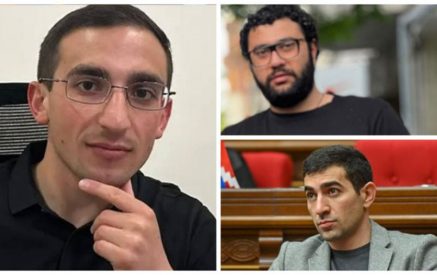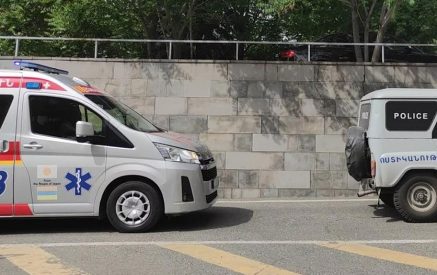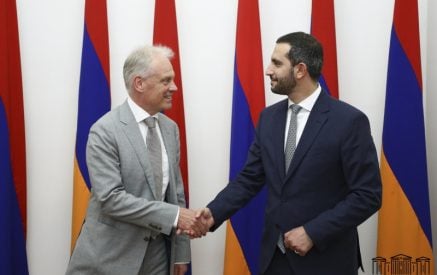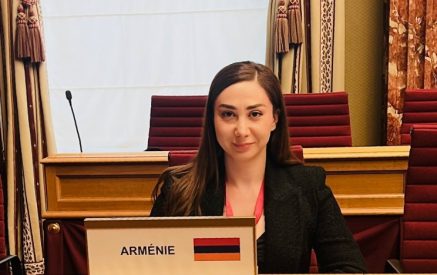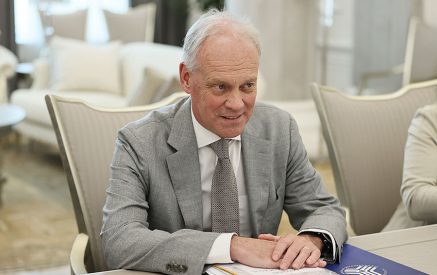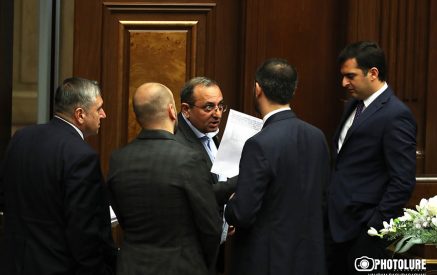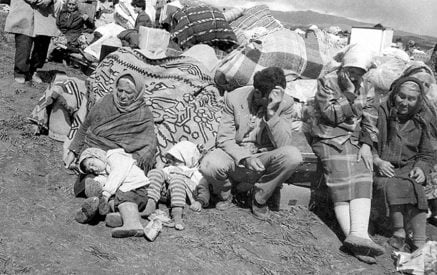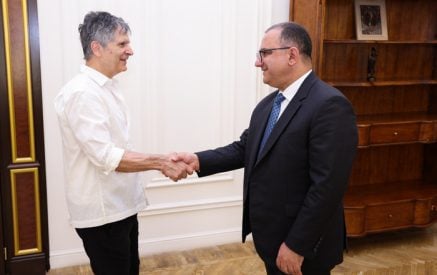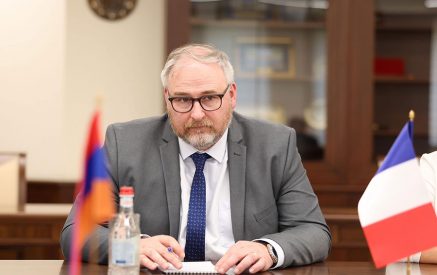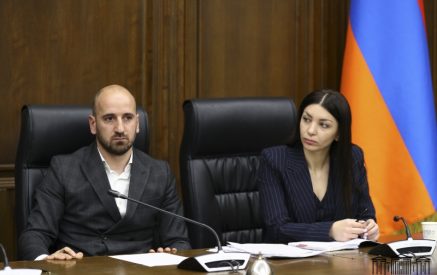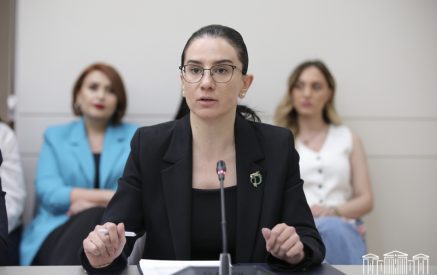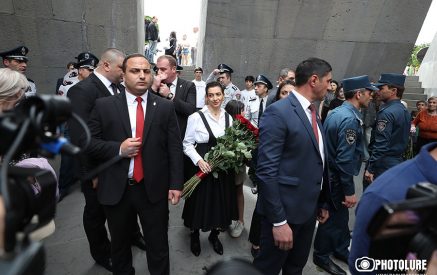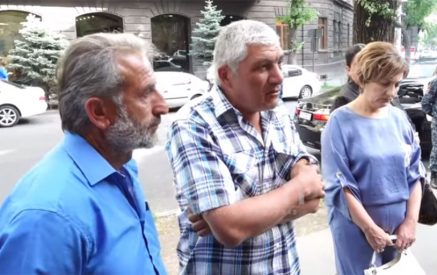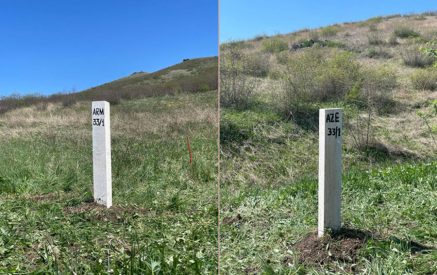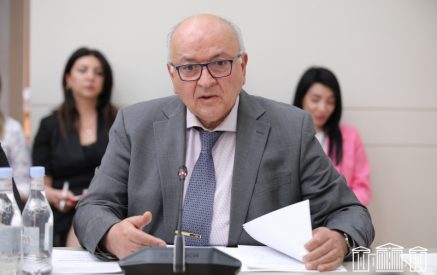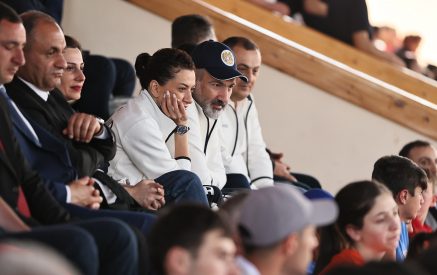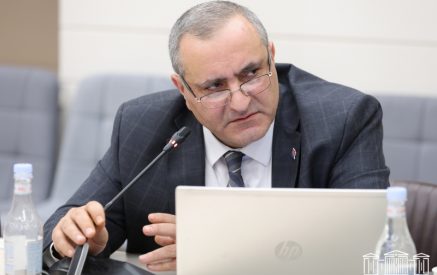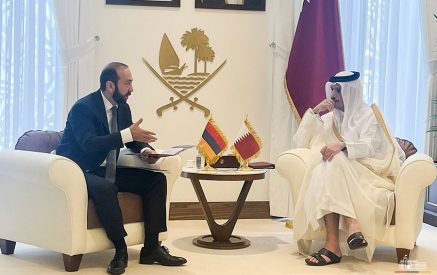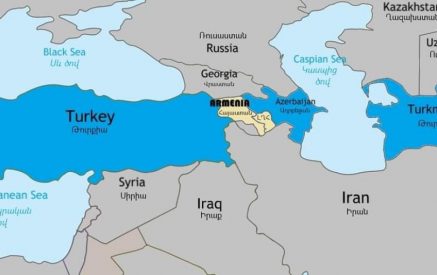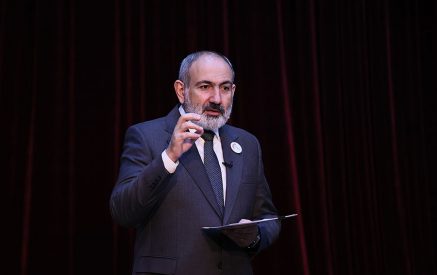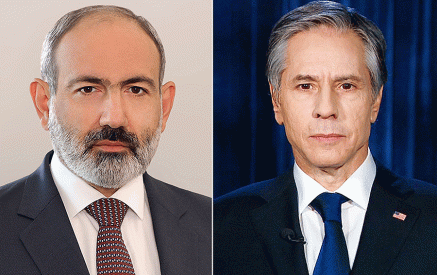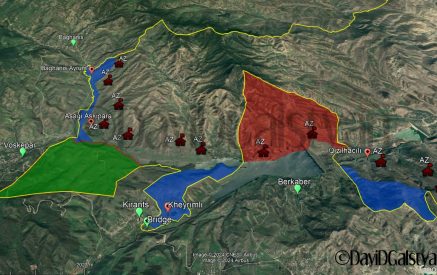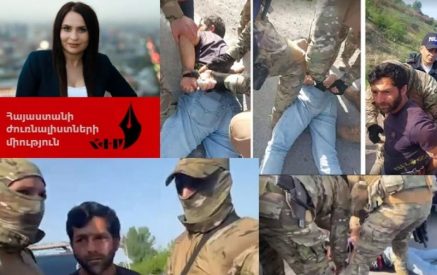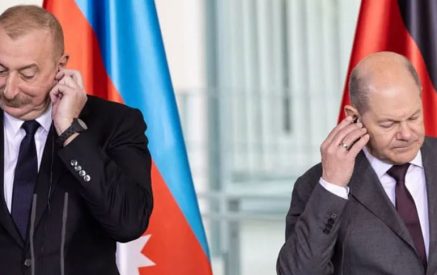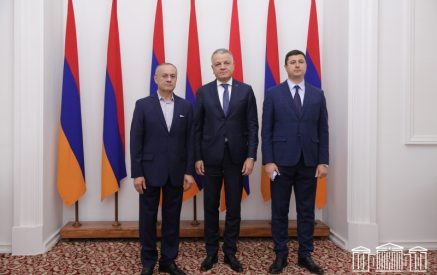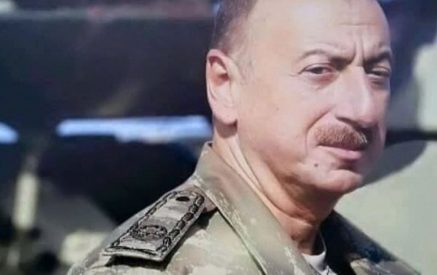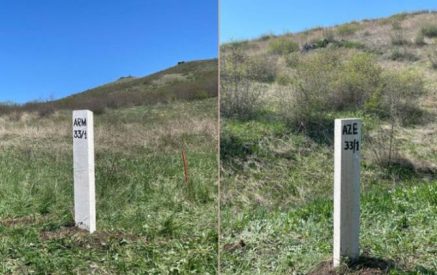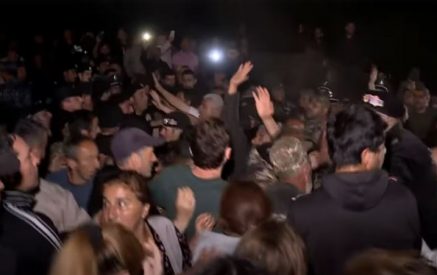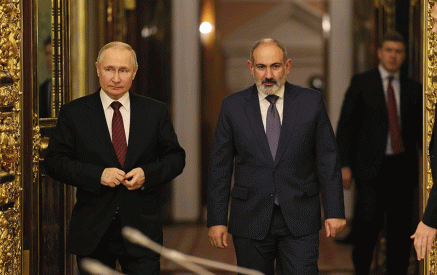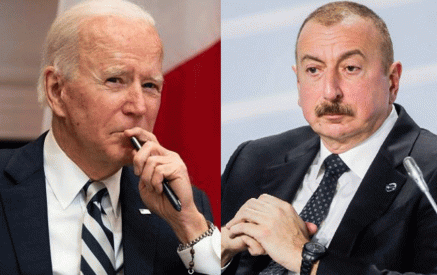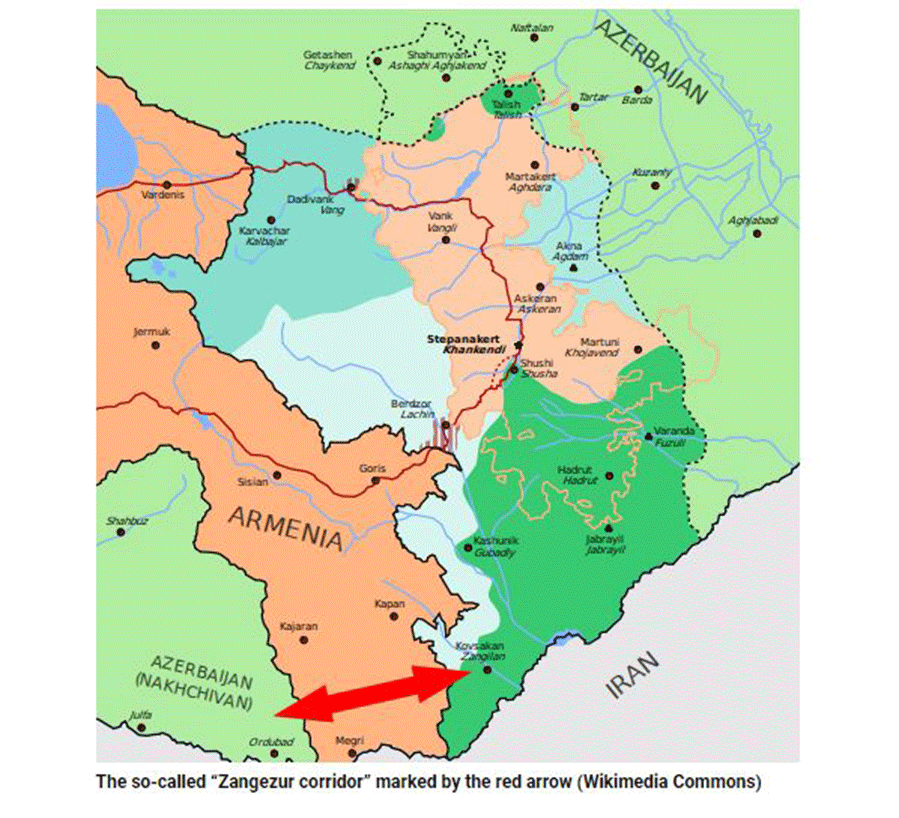by Benyamin Poghosyan
Since the launch of the first Artsakh (Nagorno-Karabakh) war in the 1990s, the region’s status has been at the core of the conflict. This issue was the primary focus of negotiations and different settlement options put forward by the OSCE Minsk Group—package solution, phased approach, Common State, Key West, Kazan document, Lavrov plan—which all tried to find a mutually acceptable solution for the status of Artsakh. At the end of the day, Azerbaijan decided to solve this issue by military force. Azerbaijan probably came to this decision in the early 2000s, hoping it could get more by deploying military force than by any negotiated solutions. Azerbaijan was cautiously waiting for the geopolitical window of opportunity, which appeared in 2020 as a combination of the COVID-19 pandemic, elections in the U.S. and growing misperceptions of Armenia-Russia relations after the 2018 Velvet Revolution.
The 2020 Artsakh War has significantly changed the balance of power in the region. It underscored Turkey’s growing role and influence and simultaneously resulted in the deployment of Russian peacekeepers to Artsakh. However, it did not solve the issue of status, as despite losing a significant part of its territory, the self-proclaimed Artsakh Republic continued its existence. Azerbaijan was clear that it would not tolerate the existence of the Artsakh Republic and would use force, if necessary, to finish with it. Baku was waiting for another window of opportunity, and it soon arrived, first in the form of the Russia-Ukraine war and then through Armenia’s recognition of Artsakh as part of Azerbaijan in October 2022, May and July 2023. In September 2023, Azerbaijan launched a new offensive against Artsakh and, within 10 days, forced the entire Armenian population to leave the area. The President of the Republic of Artsakh signed a decree on the dissolution of the republic by the end of 2023, albeit the legal aspects of that decree can be debated, and President Samvel Shahramanyan himself stated that no decree could dissolve the state established by the people.
Read also
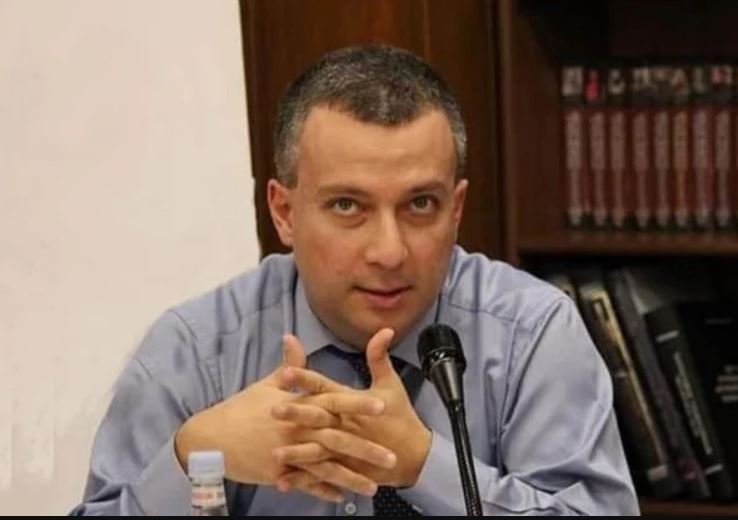
Benyamin Poghosyan
In any case, Azerbaijan did not face any tangible consequences from anyone for forcefully displacing all Armenians from Artsakh. There were standard statements of concern from several capitals, promises to provide humanitarian aid to Armenian refugees from Artsakh and calls on Azerbaijan to ensure the rights of those Armenians who would wish to return to Artsakh, as was mentioned in the recent joint U.S.-EU statement.
Some may believe that the destruction of the Republic of Artsakh and the forced displacement of Armenians from the region may pave the way for lasting peace and stability between Armenia and Azerbaijan. According to this logic, if the status of Artsakh was the primary obstacle to Armenia-Azerbaijan normalization, then nothing stands in the way of Armenia-Azerbaijan peace after all the Armenians were forced to leave Artsakh.
However, the reality is much more complex. After the 2020 Artsakh War, Azerbaijan increased its demands from Armenia, adding three additional items. Item number one is the so-called enclaves, territories within Soviet Azerbaijan administrative borders, which were within Soviet Armenia. There is much confusion on the legal aspects of the appearance of those enclaves, as well as on numbers and area, and Soviet Armenia has its enclave within Soviet Azerbaijan. However, after the 2020 Artsakh War, Azerbaijan put this issue on the agenda, also using the recognition of Azerbaijani territorial integrity under the Alma-Ata declaration (86,600 square km) by Armenia. Now Azerbaijan speaks about eight occupied villages of Azerbaijan by Armenia with an overall 109 square kilometers of territory and uses the word “liberation” if Armenia fails to give back those territories via negotiations.
Item two is the “Zangezur corridor,” which would connect Azerbaijan with its exclave Nakhichevan and Turkey via Armenia. The issue of restoration of communications was part of the November 10, 2020 trilateral statement, including the routes from western regions of Azerbaijan to Nakhichevan and the role of Russian border troops. The term “corridor” was not mentioned in article nine. However, Azerbaijan connected this issue with the functioning of the Berdzor (Lachin) Corridor, arguing that as Armenians did not see any Azerbaijani officials while traveling from Armenia to Artsakh via Berdzor, Azerbaijanis should not see any Armenian officials while traveling from Azerbaijan proper to Nakhichevan via Syunik. This argument lost relevance after April 2023, when Azerbaijan established a checkpoint along the Berdzor Corridor, and became absolute nonsense after the forced displacement of all Armenians from Artsakh. However, while verbally recognizing Armenian sovereignty over Syunik, Azerbaijan now insists that Armenia should provide special guarantees to ensure the safety of those Azerbaijanis who will travel from Azerbaijan to Nakhichevan via Armenia, without any talk about the safety of Armenians who may travel from Armenia to Iran via Nakhichevan. The concept of special guarantees is vague and can be further manipulated by Azerbaijan.
Item number three relates to the concept of “Western Azerbaijan.” This concept received prominence in Azerbaijan after the 2020 Artsakh War, as Azerbaijani authorities implied that part of Armenian territories are historical Azerbaijani lands, and Azerbaijanis were forcefully displaced from their homeland. According to this narrative, Azerbaijanis should come to Armenia, and Armenia should ensure their security, safety, educational and religious rights. Initially, many thought Azerbaijan created this concept to force Armenia to accept the loss of Artsakh, telling Armenians that if they continued to speak about Artsakh, Azeris would speak about Western Azerbaijan. However, even after the destruction of the Artsakh Republic, Azerbaijan has not dropped this concept. It means that the concept is part of the long-term Azerbaijani strategy to weaken Armenia to make it a de facto failed state.
Will Azerbaijan use military force to compel Armenia to accept its demands on these three issues? In the short-term perspective, the most likely area for military aggression against Armenia could be the issue of enclaves. Azerbaijan may tell the international community that it is not attacking Armenia or annexing Armenian territory; it is simply liberating its territories occupied by Armenia, with the defense that the Armenian government has accepted that the enclaves are part of Azerbaijan.
It will be much more challenging for Azerbaijan to justify using military force to open the “Zangezur corridor” or compel Armenia to accept the “Western Azerbaijan” concept. However, Azerbaijan will continue to use these demands to pressure Armenia and postpone the signature of any agreement with Armenia. Azerbaijan will probably wait for another geopolitical window of opportunity to use force to reach its goals.

